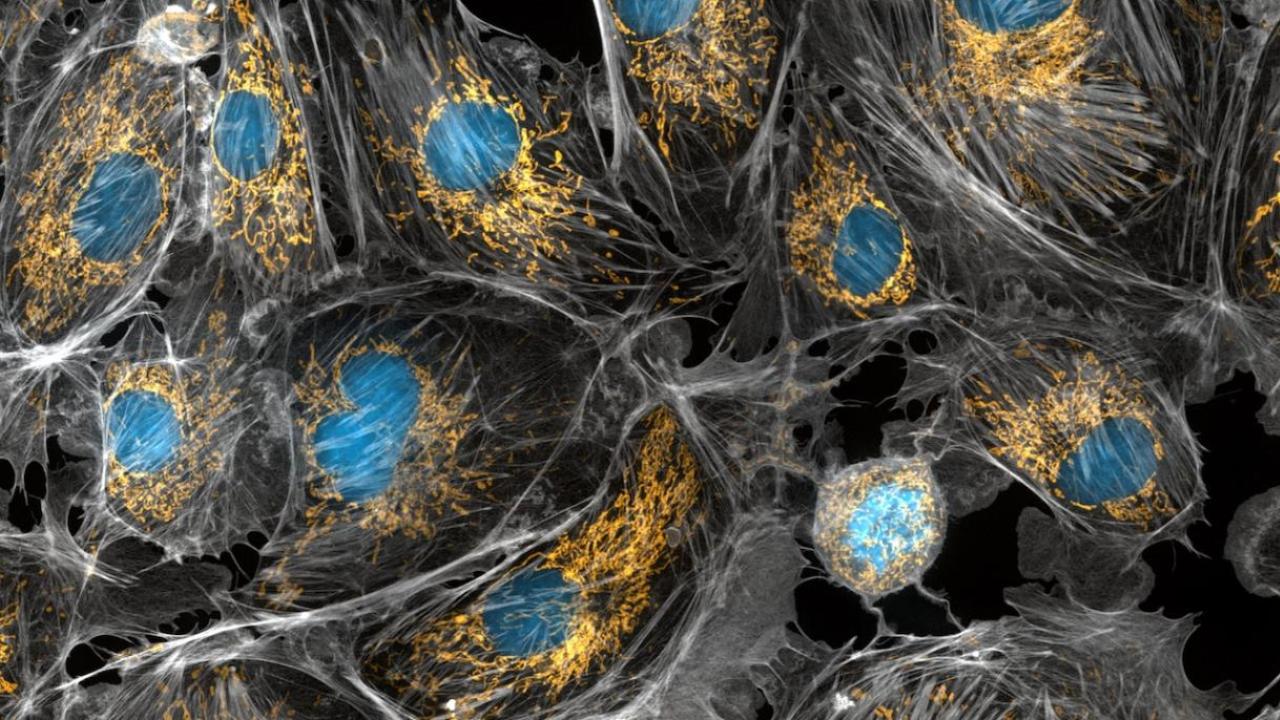

Like most things in biology, neurological disorders are on a spectrum. So the bystander who chimed in with their opinion should be taken with a grain or salt. It comes down to the patients neurobiology, care team, meds + the associated regiment, as well as their desire to treat the disorder. Neurbiology is a highly unique aspect of every human, so anothers experience with it will be pretty biased by default. I was in a long term relationship with someone who was bipolar, but the only reason we broke up was because we were in our mid twenties and had no real idea what we were doing. If your son wants to maintain his relationship with his partner, thats fully an option, it’ll just come down to staying in front of it!





































The grammar and spell check is not an issue, but if you’re using the rewritten alternatives for a sentence it’s definitely a toss up. Granted, it just uses what you’ve written and provides a few different ways to relay the same info, but then again, it does this via AI. So really idk, but I’ve used LanguageTool rewrites on most of my college papers and I haven’t had any issues. In the big picture, it’s nothing close to using an LLM to write a paper.